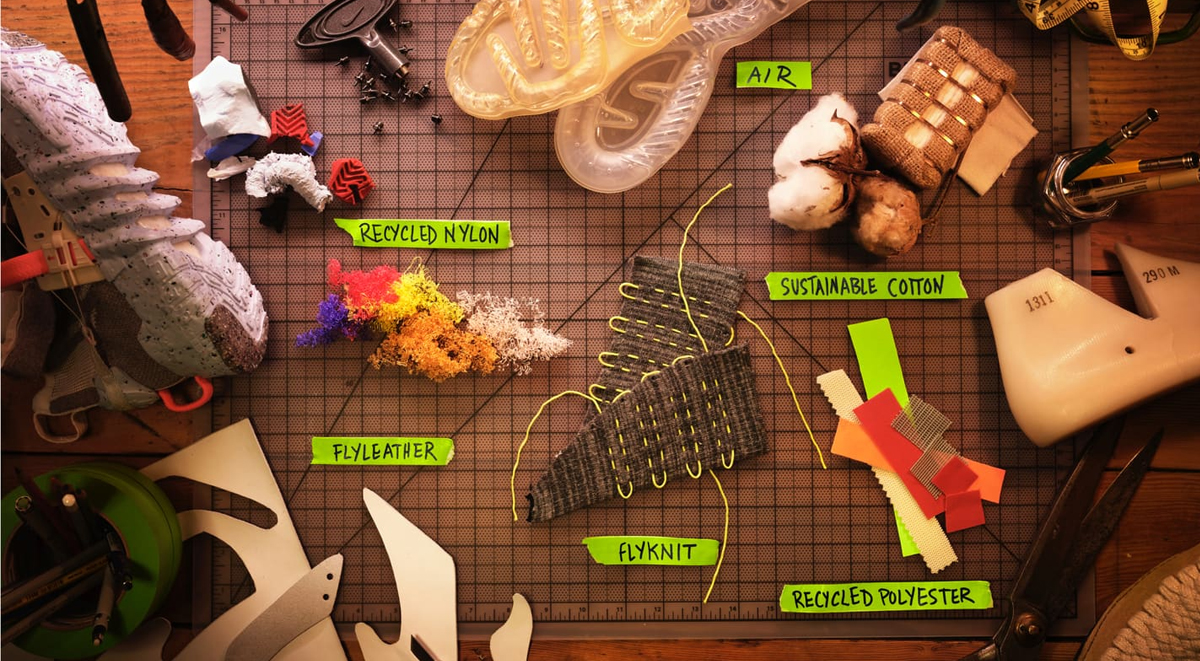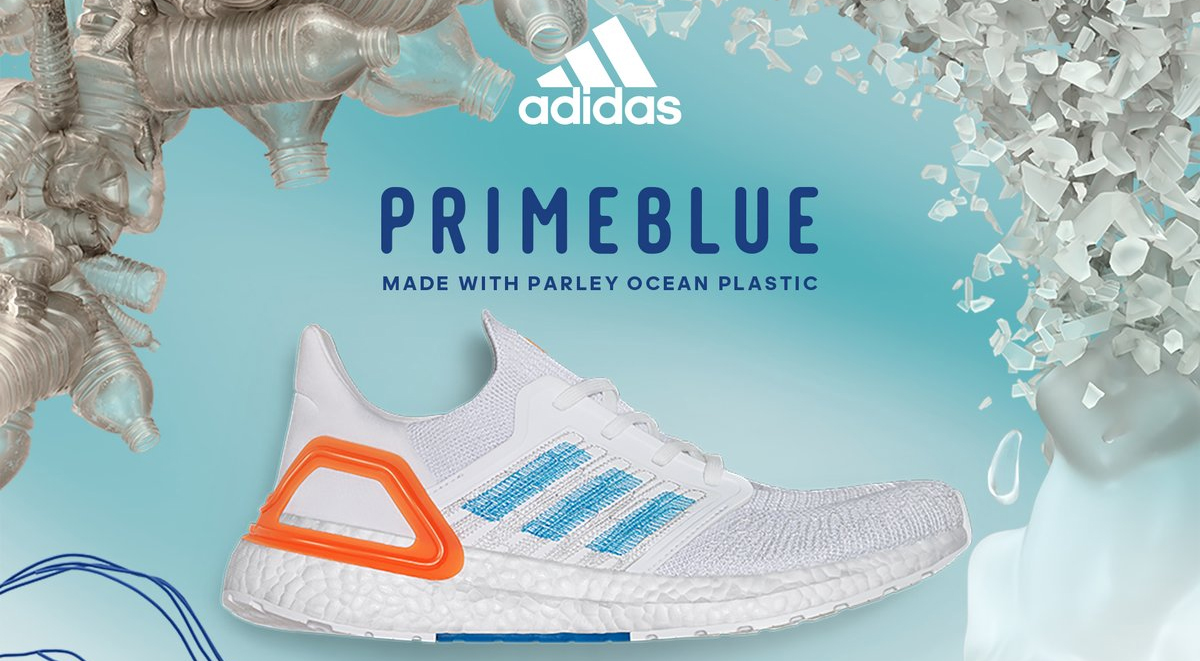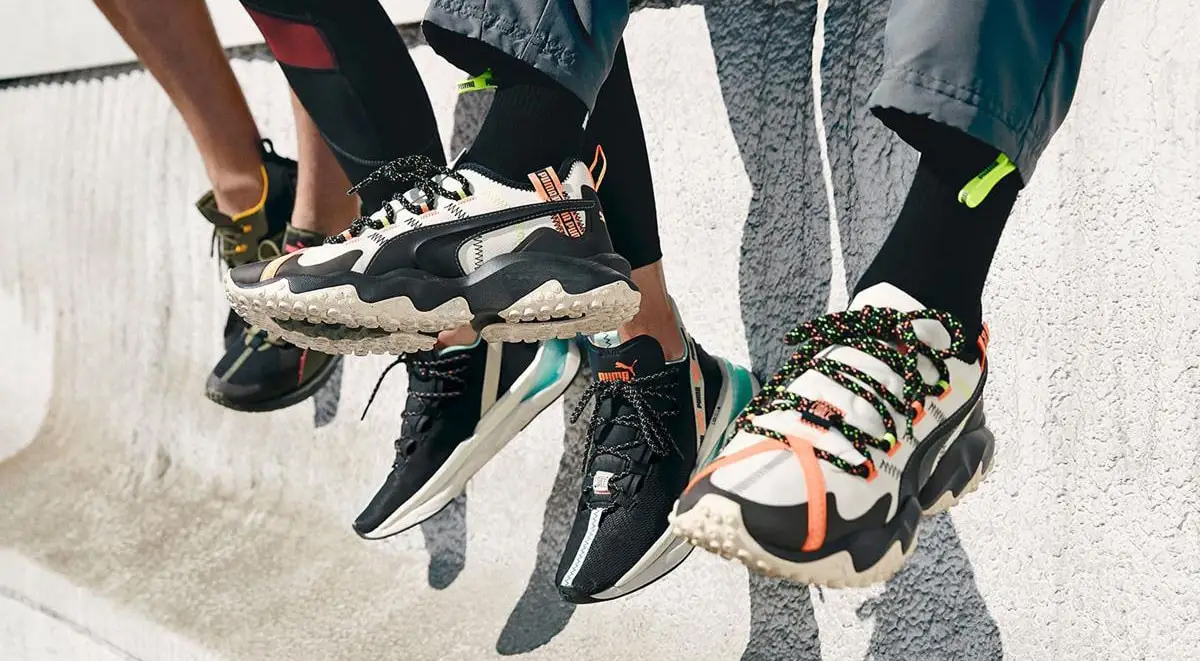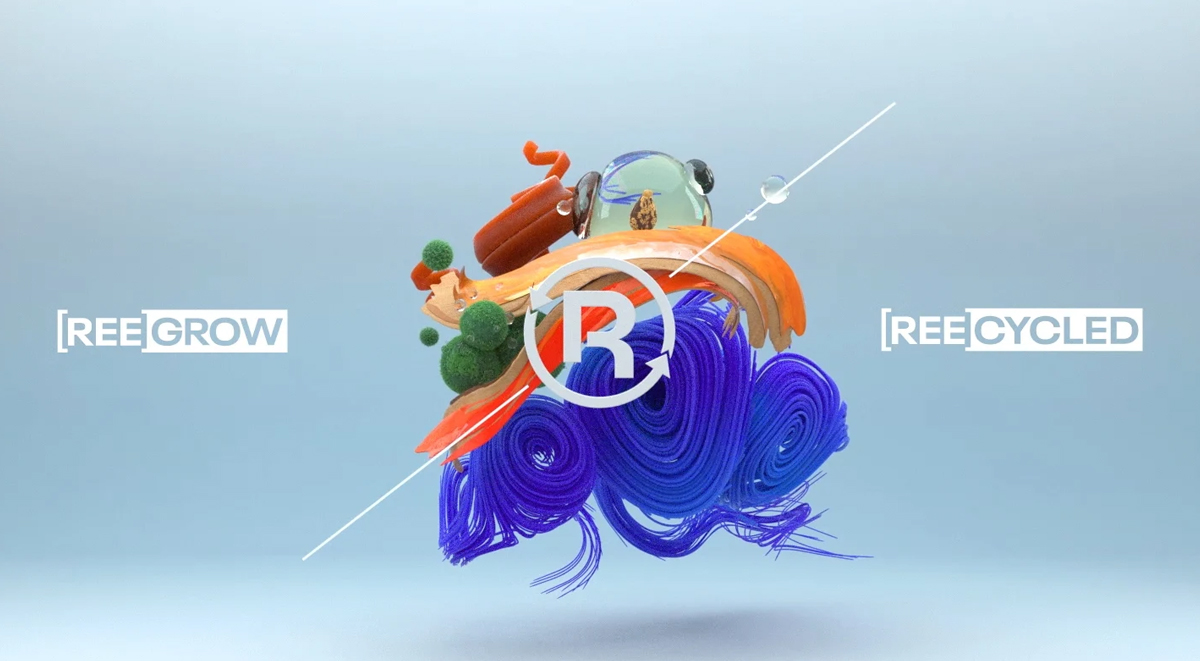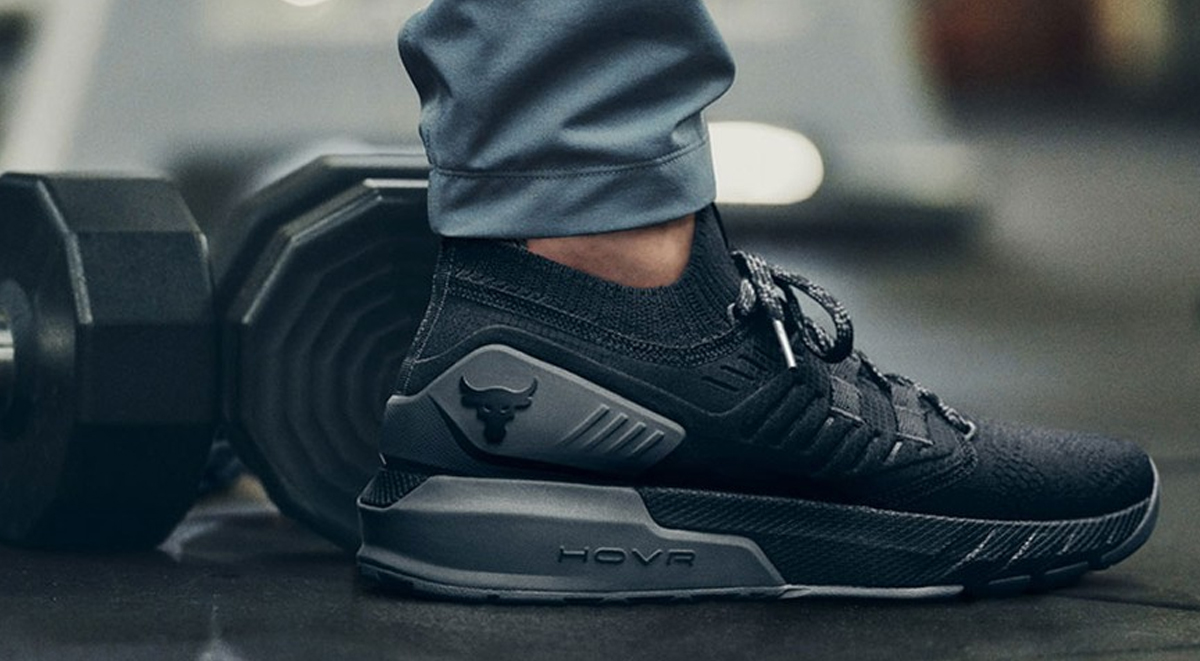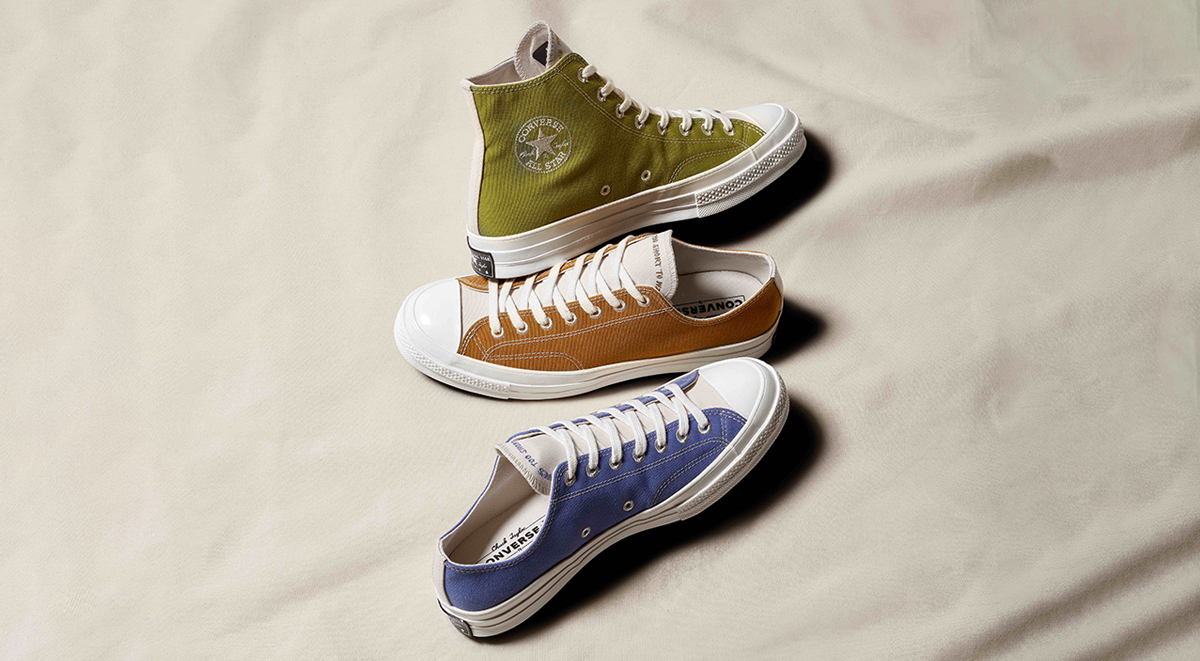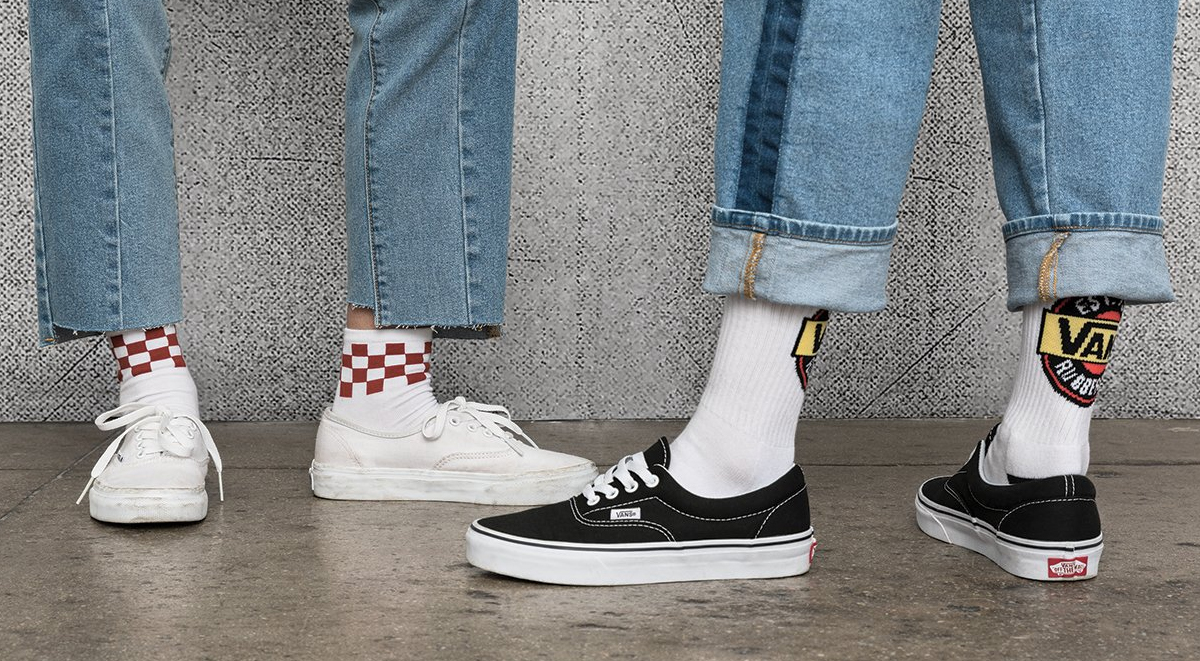Sign up for trending news and first dibs
Here’s how your favorite sneakers are going green
Here’s how your favorite sneakers are going green
Here are the sustainable sneaker technologies your favorite sportswear brands are investing in.
 Getty Images/ Chip Somodevilla
Getty Images/ Chip Somodevilla Earth Day 2021 brings to the fore the discussion about our efforts to restore the Earth we share. One of the key questions in the ongoing discourse is: how do we reduce our consumption? In some attempt to answer this question (short of closing shop), many of the brands we know and love have started to make the effort to apply sustainable technologies to their sneaker and apparel production.
The good news is we know 66% of sneakerheads are more likely to buy something if they knew it was made sustainably. So here’s a look at all the sustainable technologies your favorite sportswear brands are using in their sneaker manufacturing lines now.
Nike
Nike Grind – Instead of tossing waste materials and unsellable products into landfills, Nike separates them and breaks them down into a new material called Nike Grind. Nike has found multiple ways to utilize Nike Grind, from embedding them in outsoles to using them to construct in-store features.
Crater Foam – A midsole construction first seen on the Nike Space Hippie line. Crater Foam is made of 12% Nike Grind rubber and a mixture of foam materials. This combination promises to be sustainable, lightweight and responsive, making it ideal for lifestyle sneakers.
Flyleather – Created by binding 50% recycled leather fabric with synthetic fibres, Nike creates an engineered leather material that mimics the look, feel and smell of real leather. The new engineered Flyleather is also more resistant to abrasion and 40% lighter than full-grain leather.
Flyknit yarn – The Flyknit yarn used in Nike sneakers is constructed out of 100% recycled polyester and is said to produce 60% less waste than traditional manufacturing. According to Nike, it has been able to divert more than 4 billion plastic bottles from landfills by using recycled polyester.
Adidas
Primeblue – Made in partnership with Parley for the Oceans, Prime Blue is a woven yarn constructed out of upcycled plastic waste, taken from remote islands, beaches, coastal communities and shorelines, preventing it from polluting oceans.
Primegreen – Also made in partnership with Parley for the Oceans, Primegreen takes sustainability up a notch. No virgin plastic is used in the production of these performance fabrics.
4D – Adidas partnered with Carbon to create their 4D midsole, a process that involves a light synthesis technology that uses digital light projection, oxygen-permeable optics, and programmable liquid resins to generate high-performance, durable polymeric products. This process enables Adidas to create a midsole with precise dimensions and minimize production waste.
Puma
First Mile –Puma collaborates with First Mile, a people-focused organization that works with low-income communities in Haiti, Honduras, and Taiwan to sort, clean, shred and produce the yarn that’s utilized in their sneakers. Beyond sustainability, the collaboration with First Mile creates long-term sustainable jobs for these communities.
Reebok
Reecycled – Reebok recycles plastic bottles, PET flakes, polyester thread and PET plastic pellets to create their Reecycled range of products which includes sneakers and apparel.
Reegrow – Reebok’s Reegrow series uses a more organic approach to create various elements within their sneaker. On their most recent Nano X1 Vegan Grow, Reebok uses eucalyptus to construct the upper and castor bean oil to manufacture the midsole.
Under Armour
Direct-to-digital fabrication – Through careful engineering design, Under Armour reduces the need for waste in the process of designing and manufacturing their gear. This includes moving away from traditional cut-and-sew production and using raw materials as the starting point of production. Through the use of 3D modeling and virtual color approval, UA further reduces waste in the designing process.
REPREVE – Under Armour utilizes REPREVE recycled polyester in a select range of products, which is traceable through Unifi – a program that offers higher transparency in their sustainability certification.
Converse
Renew fabrics – Converse Renew program takes used and discarded fabrics to construct the uppers on their classic Chuck sneakers. Renew Cotton uses discarded canvas while Renew Canvas is constructed out of recycled plastic bottles. For their Renew Denim, Converse partnered with British vintage store Beyond Retro to upcycle discarded jeans.
Vans
LWG Leather – Vans sources 85% of their leather from Leather Working Group (LWG) audited and certified tanneries. To gain the certificate, these tanneries need to have processes that minimize water use, energy consumption, air pollution, and waste.
Better Cotton – Recognizing that the cotton used in their sneakers made up 43% of its carbon footprint, Vans began working with Better Cotton Initiative (BCI) for their sourcing. BCI works towards reducing the environmental impact of cotton production and improve livelihoods and economic development in cotton-producing areas.
The bottomline
All things considered, the best way to “live sustainably” is to reduce or minimize our overall consumption of sneakers and streetwear apparel. For more tips on how to lead a greener lifestyle, check out our Straat Talk about sustainability. Another option would be to thrift the pieces you need; browse our thrift store guide for ideas as to where to thrift from. More importantly, stay informed on the progress your favorite brands are making — sites like goodonyou.eco that attempt to rank brands for their sustainability practice are worth checking out every now and then.
TAGS
Tags:


